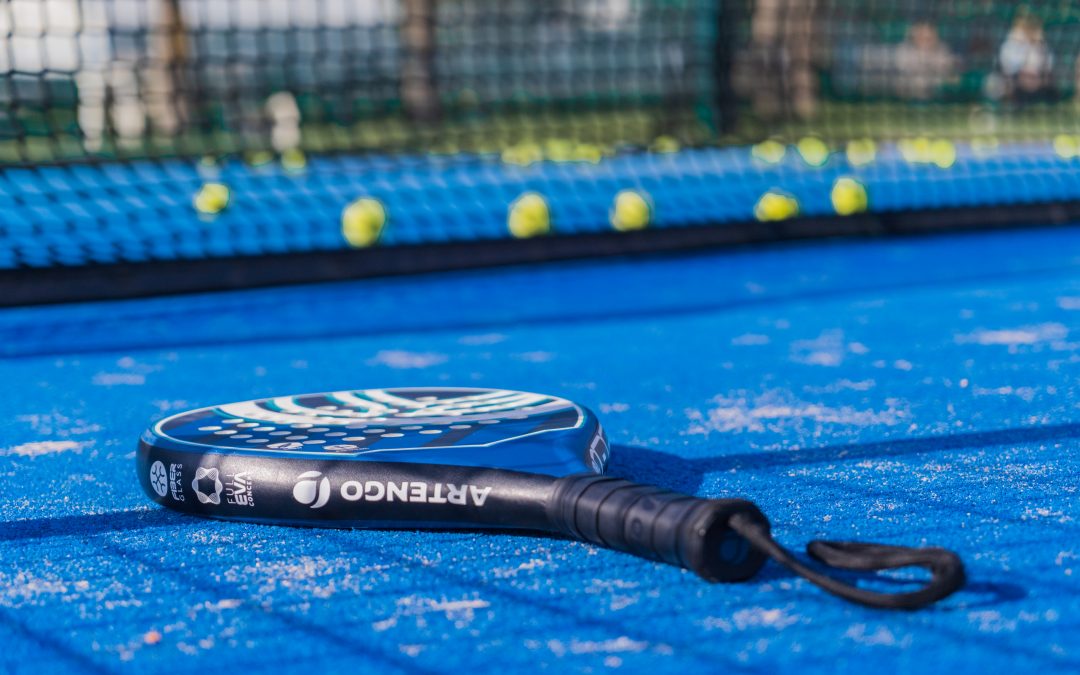Have you ever paddled?
Padel is a racquet sport that is always played in pairs and consists of three fundamental elements for its development: the ball, the paddle and the track or court.
The game consists of passing the ball into the opposing player’s court allowing only one pot on our side, if we manage to prevent our opponent from returning the ball to us, we win the point. To get the victory we have to win two of the three sets that make up the match.
A bit of history!
This sport originates in Mexico as Enrique Corcuera who is considered the inventor of paddle. It all started at his home in Acapulco in 1969 where he incorporated a court with 3 meter high walls and a 20×10 meter court surrounded by a metal fence. And he used the same tennis rules as a reference, with the variant that the walls were used.
It arrived in Spain in the middle of 1974 thanks to Prince Alfonso de Hohenlohe who was amazed by this sport during a visit to Enric’s house in Mexico, he decided to build two tracks in Marbella with some modifications to the track and regulations.
In 1975, the Argentine millionaire Julio Menditegui decided to import it to his country and it became the second most practiced sport in Argentina. From that moment it began to spread to other Latin American countries such as: Brazil, Chile, Uruguay and Paraguay.
10 years later, there was an exponential growth in the number of tournaments and players, especially in Argentina, which prompted the first international professional padel championship to be held in 1988.
By the end of the 1990s, the circuit in Argentina lost popularity and the main tournaments were played in Spain, which generated a great migration of Argentine players to Europe.
Padel is currently one of the favorite sports in Spain, in 2019 it surpassed tennis for the first time in federative records, and unlike other sports it can be practiced by the whole family, from the youngest to the elderly .
At a global level, it is the sport with the fastest evolution and penetration in the number of players and courts in the world. So far there are 35 national padel federations distributed on the five continents. We also have the World Padel Tour (WPT) which is the most important world circuit, along with the world championships.
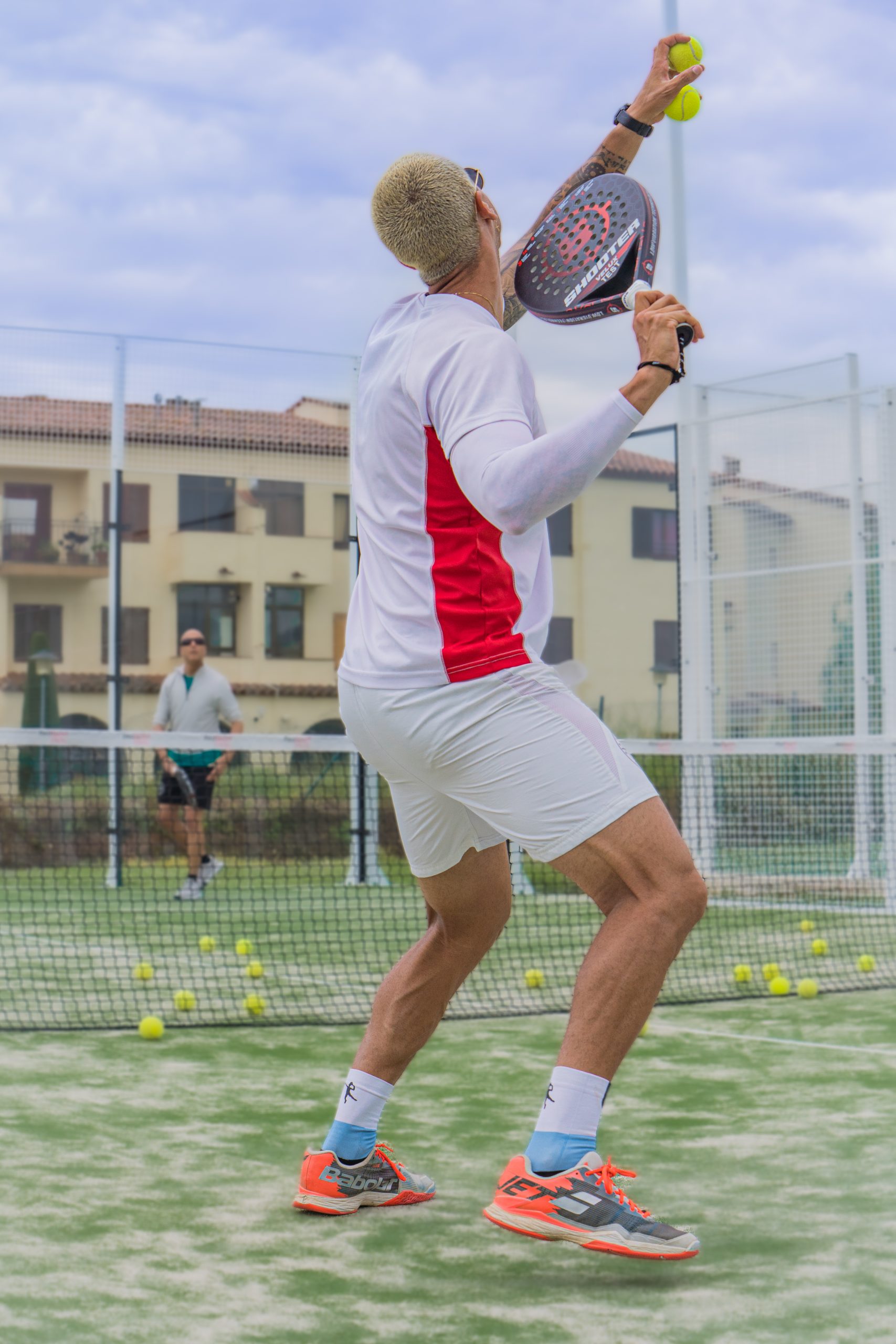
What do I need to play paddle?
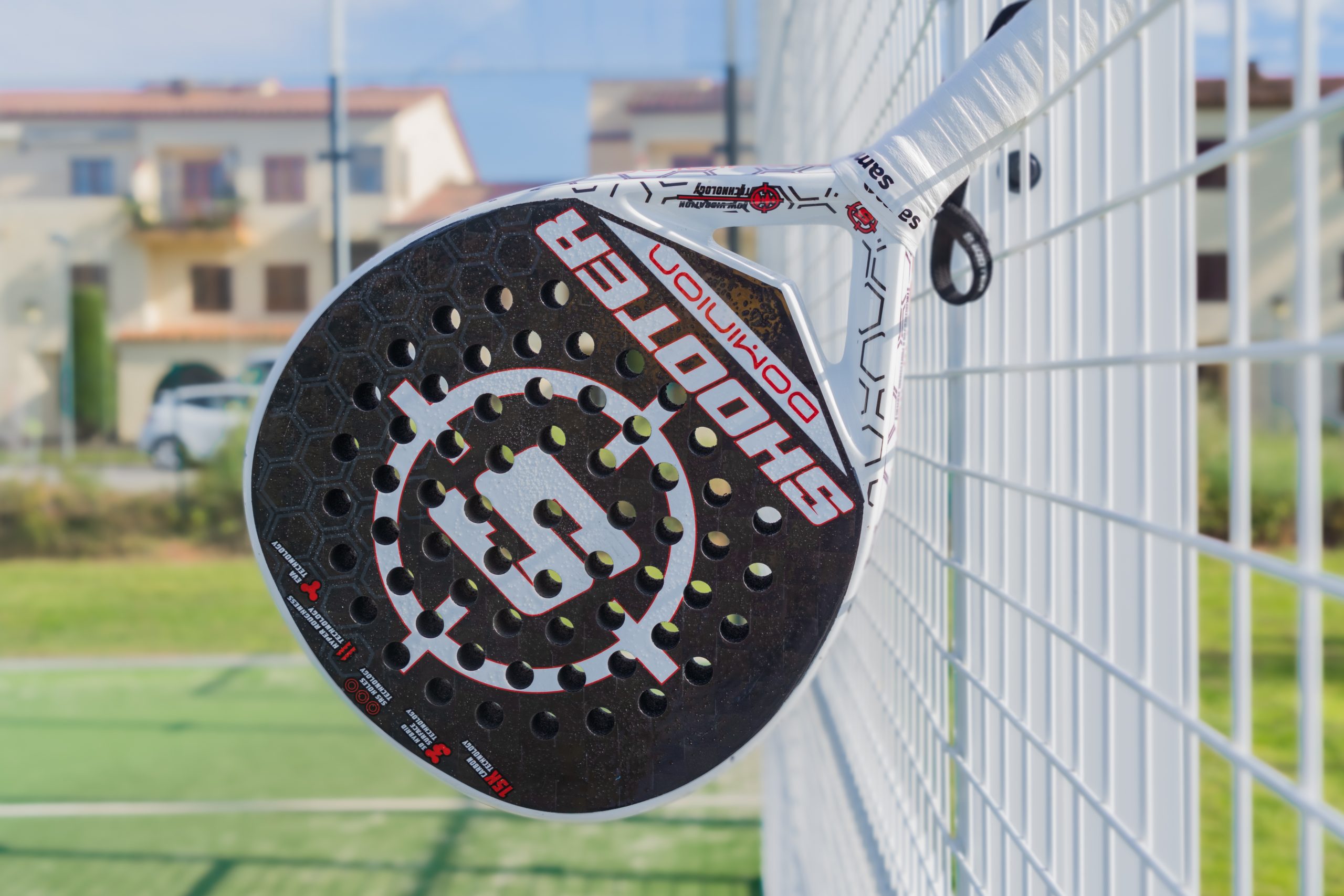
Even if it seems the opposite thanks to the wide range of products currently on the market, the essential clothing to practice this sport are: The shovel, the shoes and the ball.
Then you can complement it with pallets, rucksacks, equipment, accessories such as grips and overgrips, protectors, vibration reducers, wrist guards, substances to reduce sweating in the hands, among others.
the shovel
There are 3 types of blades:
- Round paddles: It is the most recommended to start as it has a very wide impact point, which offers better control of the ball and they are usually more manageable.
- Teardrop or hybrid paddle: These are paddles that are a bit more balanced than round paddles, which allows you to gain more power and more control of the ball.
- Diamond shaped paddle: These are the most powerful paddles that have a very high balance and a smaller hit point.
If you do not yet have a team or are very clear about the equipment that would suit you best, from the Calonge Tennis Club, we advise you on the purchase or rental of the equipment.
What should I keep in mind when choosing?
Keep in mind that it must meet the requirements of the approval of the Spanish Padel Federation (FEP):
- Their maximum dimensions must be 45.5 centimeters in length, 26 centimeters in width and 38 millimeters in profile thickness.
- The hitting surface can be flat, smooth or rough, but must not exceed 30 cm in length and 26 cm in width.
- The frame including the handle must be free of attached objects and other devices. Only those that limit or prevent deterioration, vibrations or distribute the weight are allowed.
- Neither can reflective or sound elements be added that alter the normal development of the game.
- The cuff must have a maximum length of 20 cm and a maximum width and thickness of 50 mm.
- It must have, of mandatory form, a cord that allows it to be attached to the wrist. This cord must have a maximum length of 35 cm.
- The blade must have a limited number of holes of 9 to 13 mm diameter each throughout the central area. And with a maximum peripheral area of 4 cm. The holes may vary in shape, as long as it does not affect the dynamics of the game.
- Regarding the weight of the shovel, the physical condition of each person must be taken into account for example: for women the weight would be 355 to 370 gr while for men it goes from 370 gr to 385 gr.
Padel shoes to start playing
Padel shoes are another essential item to practice padel, and it is not possible to use any shoe as you need a special type of shoe that prevents dangerous slips and falls.
When choosing, keep two important points in mind: the sole and the cushioning. In the market you will find three types of sole:
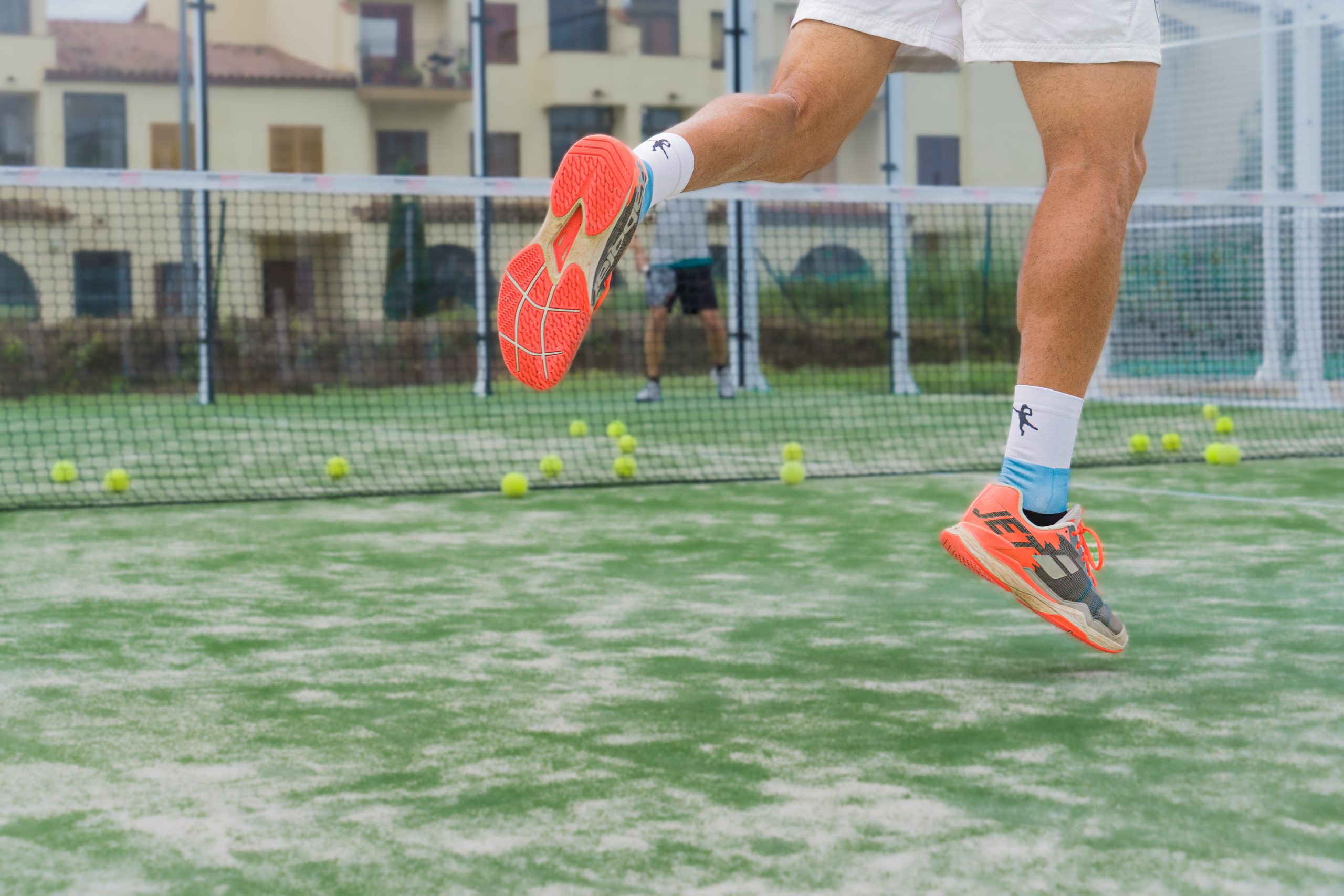
- Herringbone or clay sole: This type of surface was inherited from tennis, it is composed of zig-zag grooves, which offer excellent support on the court and good cushioning. It is the most popular sole today.
- Omni sole: This sole is made up of many points, it works well on tracks where there is not a lot of sand as it offers good grip and allows you to slide well. The only downside is that it wears out after a few months of use.
- Mixed Sole: combine the two previous surfaces. The omni surface in the areas where there is not so much support and the clay or spike surface at the tip of the sole.
The paddle ball
The Regulations of the Spanish Padel Federation state that “the ball must be a rubber sphere with a uniform green or yellow outer surface. Its diameter must be between 6.32 and 6.77 cm and its weight will be between 56.0 and 59.4 g. It should bounce between 135 and 145 cm when dropped on a compact surface from 2.54 m. The ball must have an internal pressure between 4.6 kg and 5.2 kg for every 2.54 cm².
Ready to start?
Let’s learn the rules of padel!
Padel is played in three sets and points are won when the ball hits the opponent’s court twice or when it is thrown incorrectly by the opponent, for example:
- Throw the ball at the wall but from a previous jar.
- The ball goes out of bounds without a previous pot.
- A player touches the opponent’s net or court.
- A player touches the ball with his body or something opposite the paddle.
- One or two players touch the ball twice in a row.
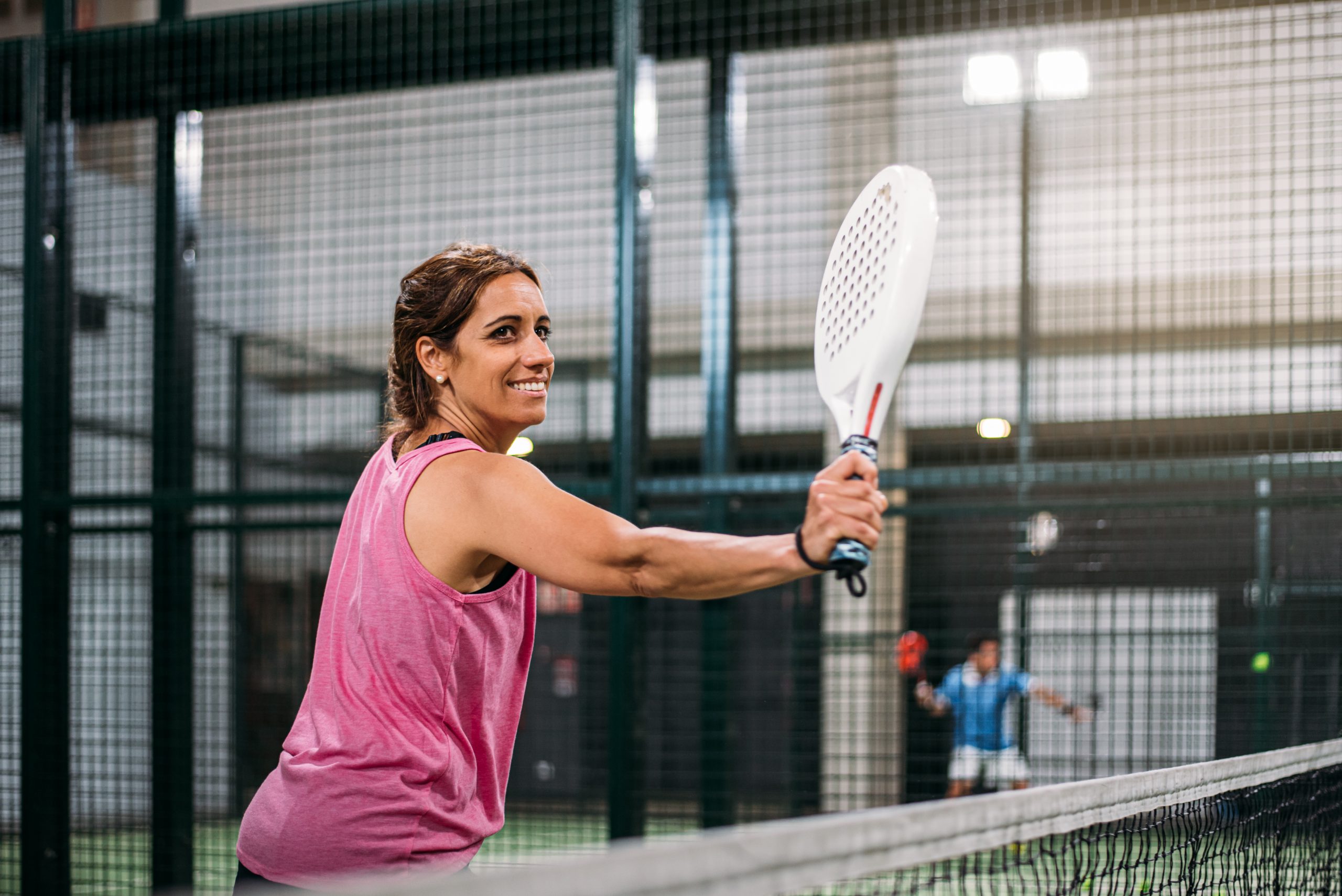
Each set is made up of games, where service is alternated between the pairs and the members of each. The idea is that the couple manage to jump the ball in the opposite field, with the possibility that it bounces off the walls.
How are points earned?
The scoring method for each game is the same as that used in tennis: when a partner wins their first point, their tempter is 15, when they win two points it is 30, and when they win 3 points their tempter is 40. The draw score is always named first and when both pairs tie at 40 it is said to be tied or tied.
The first team to win a point after being tied gains an advantage, and if they win the next point, the game is thrown out. If they fail, they will become equal again until a partner gets the difference of two points in their favor.
Since the match is played in three sets the pair must win two sets to obtain the victory. The pair that first wins six games with a minimum difference of two with respect to the opponent, is the winner or the winner of the set.
If they were tied at six, it would be broken by tie-break. In the event of a tie at one set, a third set may be played until one side gains a two-game advantage over its opponent, with no tie-break at any time. However, the general rule is that if each pair scores one of the two sets played, the tie-break rules will apply to the third.
Currently the World Padel Tour implemented the golden point when reaching 40-40. This means that in the event of a tie, the pair that wins the point will win the game.
What you say? Do you dare to play with us?
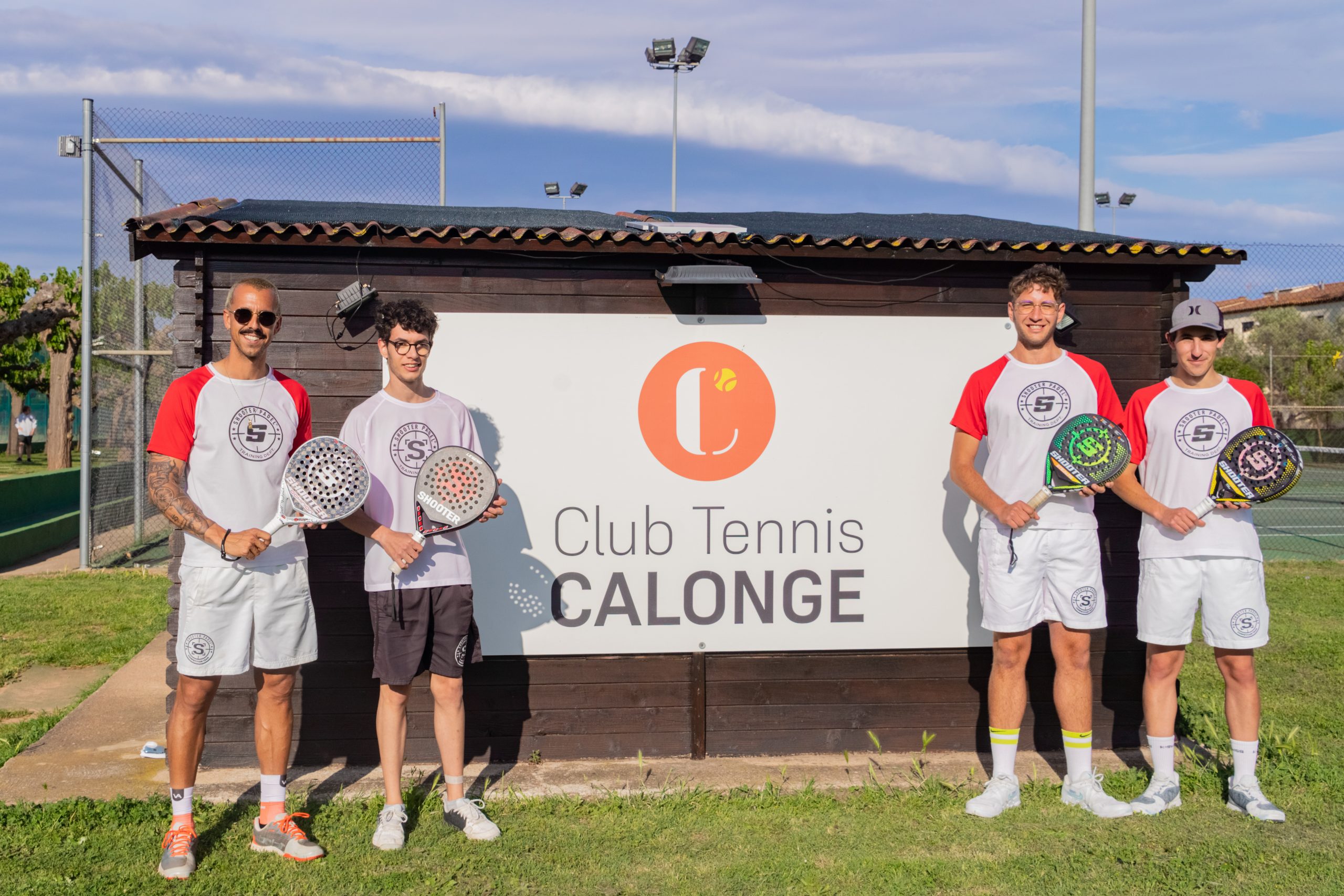
At our Calonge tennis club, we have a group of experts in the sport that is in fashion. Our courts will be the perfect place to learn, improve techniques and make great progress in padel as a professional player. Contact us either to become members or simply enjoy a day of padel.

